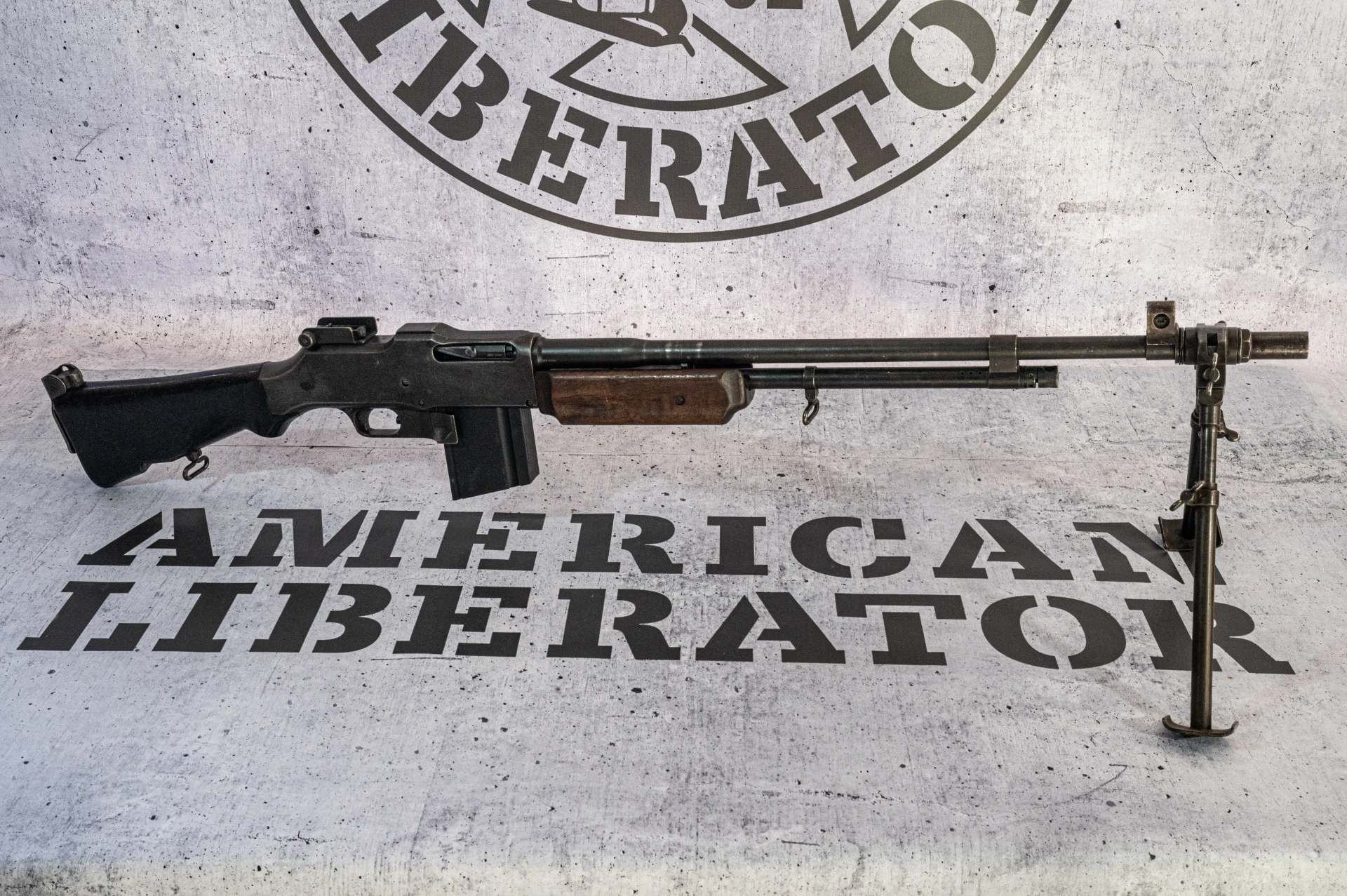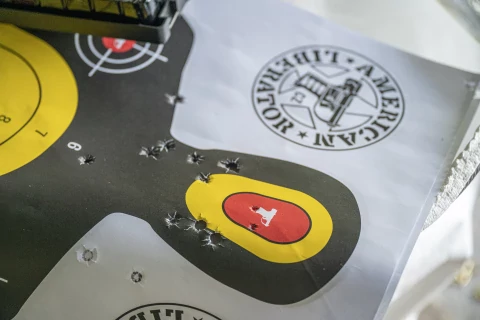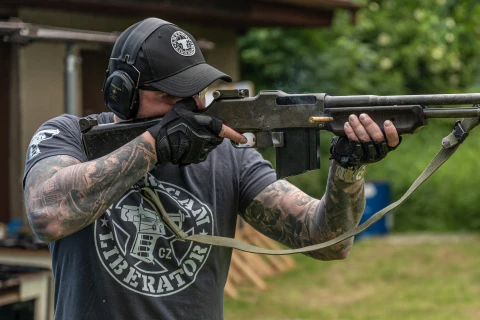- About us
- Photogallery
- Shooting Experiences
- Shooting courses
- E-shop
- Team building
- Shooting ranges
- Museum
- Contacts
Browning Automatic Rifle (BAR) 1918A2
After its demonstration, the weapon was accepted into the service of the U.S. Army. In 1918, it saw its first combat deployment in France. The army at that time had few weapons of this type and the adopted specimens were used more as heavy rifles. This was understandable with the first BAR M1918s, which did not have a bipod and could only be fired from the side or with a shoulder rest. The bipod did not appear on the weapon until 1937 with the BAR M1918A1 version. The last production version of the BAR M1918A2 had a redesigned bipod and a new stock support that further increased the weapon's stability when firing.
The M1918A1 and A2 versions became the US Army's main types. They were primarily used to augment the firepower of smaller units, rather than as a typical infantry support weapon. The original M1918 also saw action in World War II. In 1940, large numbers of BARs were acquired by Great Britain, which equipped its Home Guard units with them. Some BAR rifles found use in the armament of second-echelon units. Later versions reached production runs of thousands. BARs were very popular with the troops.
This is not to say that the BAR did not have some shortcomings. Its box magazine had a capacity of only 20 rounds, which was very small for most infantry operations. Because of its difficult to classify, the BAR gained little popularity with tactical theorists. With soldiers, however, it was popular. After 1945, the BAR saw service in the Korean War, and remained in the U.S. Army's arsenal until 1957. However, the weapon would also be seen during the Vietnam conflict and in the armies of other countries until almost the present day.
Related guns
-
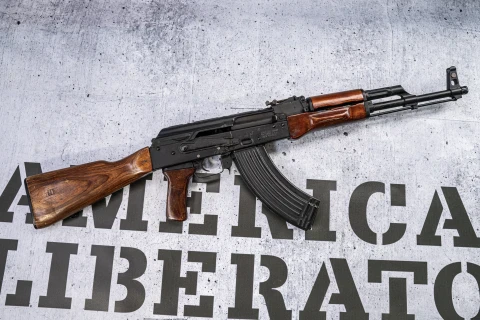
Izmash - SSSR AKM rifle
-
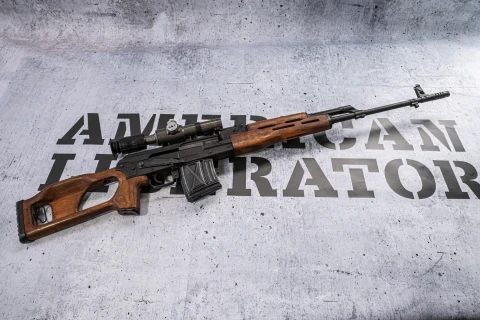
Romanian PSL ROMAK rifle
-

CZ BREN 2 Ms, .223 16,5" rifle
-

IMI Galil MAR "Micro Assault Rifle"
-

BERETTA BM59 Battle Rifle
-
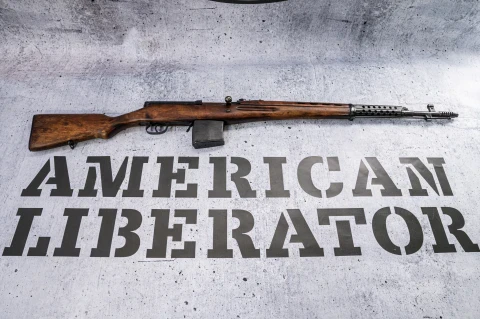
SVT-40 rifle
-

ZASTAVA M76 sniper rifle
-
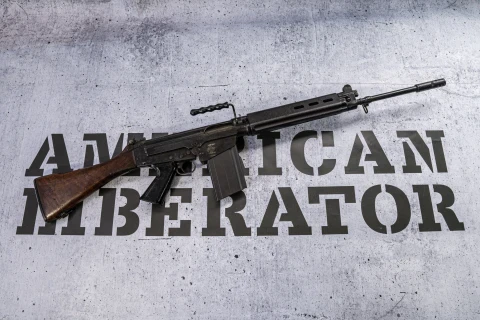
FN FAL Battle Rifle
-
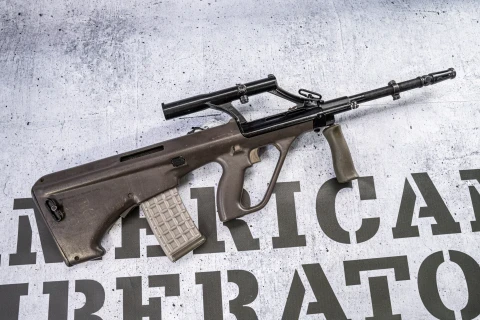
STEYR AUG rifle
-
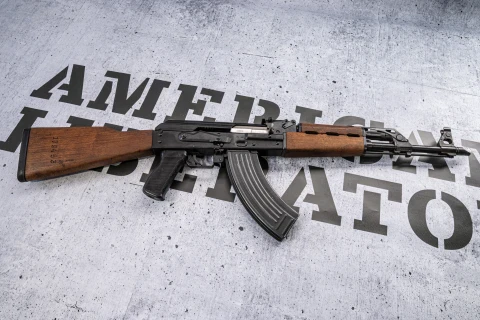
ZASTAVA M70B1 semi-automatic rifle
-

Romanian AKM clone / WUM CAA rifle
-

NORINCO CQ-A rifle
-
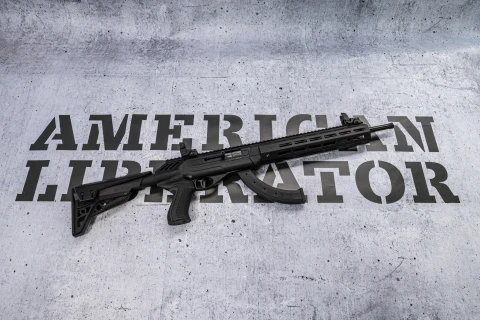
CZ 512 Tactical rifle
-
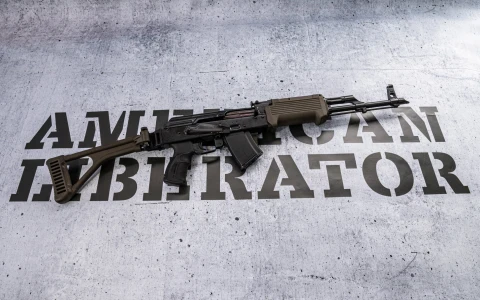
Romanian AKM clone / TAPCO
-
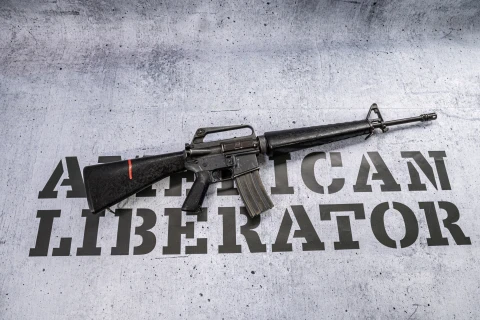
COLT M16A1 rifle
-

Tula SSSR AKM rifle
-

Smith & Wesson M&P 15-22 Sport rifle
-
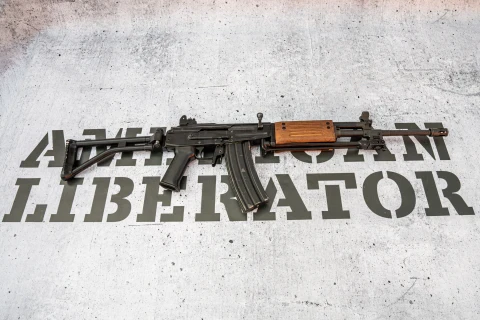
IMI Galil ARM "Assault Rifle and Machine gun"
-
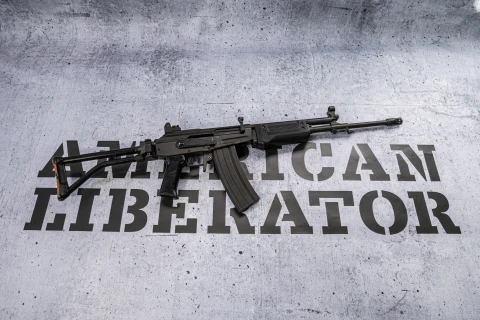
IMI Galil AR "Assault Rifle"
-

CZUB VZ. 58 Rifle
-

LUVO-15 MGL M-Lock, 10,5" Rifle
-

FN FAL Battle Rifle
-
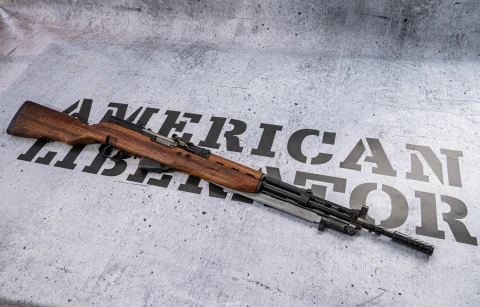
Zastava SKS M59/66 semi-automatic rifle
-
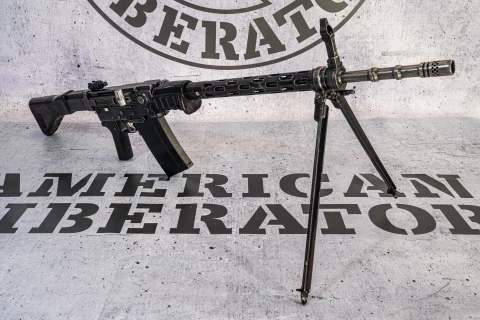
Sturmgewehr 57 / STGW 57 rifle
-
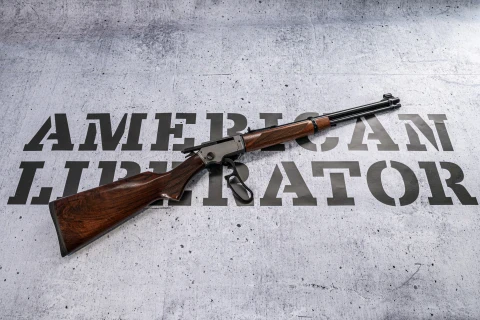
CHIAPPA L.A. 322 TAKE DOWN DeLuxe rifle
-
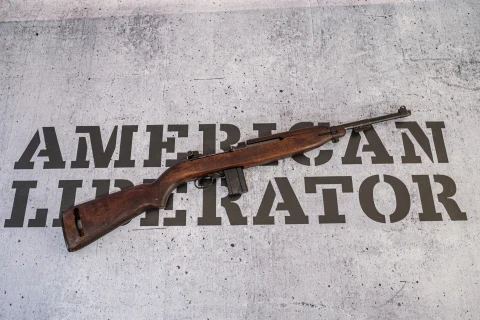
M1 Carbine semi-automatic rifle
-
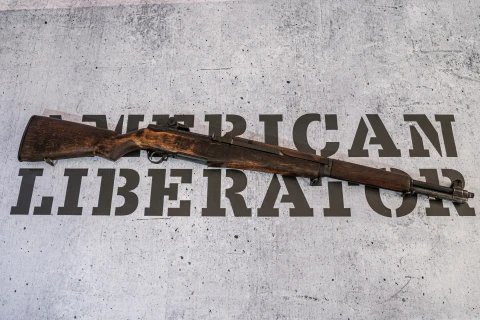
M1 Garand semi-automatic rifle
-
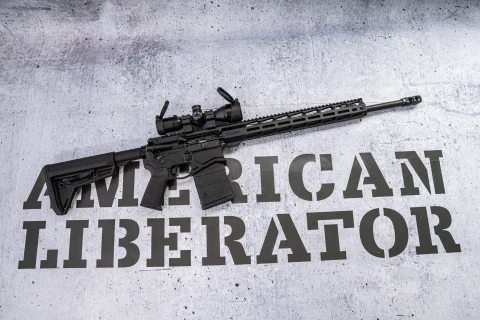
Ruger SFAR 20" semi-automatic rifle
-

Ruger AR-556 10,5" semi-automatic rifle
-
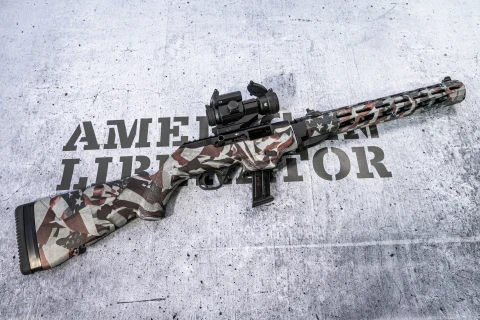
Ruger PC Carbine semi-automatic rifle
-
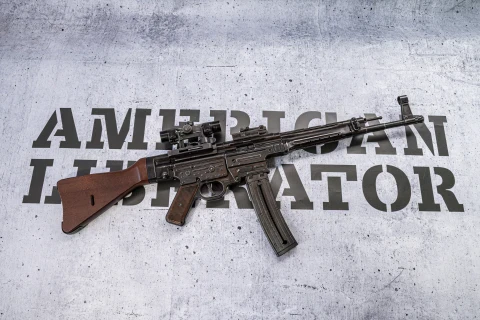
Self-loading small rifle GSG StG44
You can find this weapon in these packages
Filip Michl
9. 11. 2023
Skvělý firemní teambuilding s úžasným občerstvením. Doporučuji!
T K
15. 10. 2023
+ Opravdu obrovský výběr zbraní, mezi nimi i rarity na které člověk jen tak nenarazí + Profesionální a přitom lidský přístup. Velmi ochotný a příjemný personál + Je poznat, že lidé v tomhle projektu jsou skutečně srdcaři a to se odráží i na super kvalitě služeb + Rozhodně služeb využiji i příště! + Střelba ze zbraní jako Thompson M1, K98 nebo MG42/M53 byla skutečným zážitkem! - Zkrátka nemám co vytknout. - Možná jen to, že i BAR 1918 by mohli mít v nabídce. Ale to je jen maličkost... :)
Pavel Niahodkin
9. 11. 2023
Super zážitek, a u toho nejlepší občerstvení :)
František Jarmar
24. 4. 2023
Profesionální servis a poradenství při výběru zbraní i doplňků. Doporučuji! :)
Jiri Folta
10. 11. 2023
Kombinace profi a pratelskeho pristupu, individualni pristup ke kazdemu strelci, naprosto excelentni arzenal zbrani vcetne exotickych kousku, ze kterych si jinde nevystrelite jako napr Zastava M93 Black Arrow strilejici 50BMG. Rozhodne doporucuju!
Martin Hegr
10. 9. 2024
Skvělý zážitek, velice příjemní lidé, velký výběr zbraní, od druhoválečných až po ty novodobé, s radostí odpoví na všechny otázky, doporučuji!
Jan Cimbalník
24. 4. 2023
Objednávka merche vyřízena a doručena bleskově. Kvalitní materiál. Oceňuji velmi profesionální přístup. Díky a doporučuji!
Jiří Veřmiřovský
22. 10. 2023
Perfektní komunikace a personál. Vše připraveno, nachystáno, skvěle vysvětleno. Vřele všem doporučuji.
Ernesto Salaz
12. 4. 2024
Velký výběr zbraní, včetně raritních kousků z druhé světové války. Přátelští a erudovaní instruktoři, kteří se postarají o vaší bezpečnost a odpoví i na všechny vaše dotazy. Byl sem velice spokojen.
Vilém Stehlík
27. 11. 2023
Byli jsme s přítelkyní a rodinou na střelnici AL a nemůžu zážitek dostatečně vynachválit. Ohromný výběr zbraní s mnoha raritami a profesionální přístup všech zaměstnanců udělal dojem na všechny zúčastněné, i na ty, co zbraně zrovna nemusí. Nedávno dokonce přítelkyně přišla s triky a i přes pár nedorozumění při nákupu a vyzvednutí (z naší strany hlavně), opět, naprosto profesionální přístup a trika skvělá. Příjemný materiál a moc povedený design. Doporučuji všema deseti komukoli, kdo má zájem o to, zkusit si něco nového a (oproti ostatním střelnicím) pořádného.
Tomas Trojan
26. 10. 2023
Skvělé, skvělé, skvělé ! Moc děkuji za bezva zážitek a všem doporučuji. Musím pochválit bohatý výběr zbraní všech typů a ráží, včetně raritních a velkorážných kousků, na které jen tak nenarazíte. Zkušený a pohodový personál a odpovídající zázemí, nezbývá než smeknout a doporučit ostatním
Lussi Nayabi
8. 11. 2023
Úžasný zážitek, syn si to pořádně užil. Můžeme vřele doporučit, i jako dárek formou poukazu .
